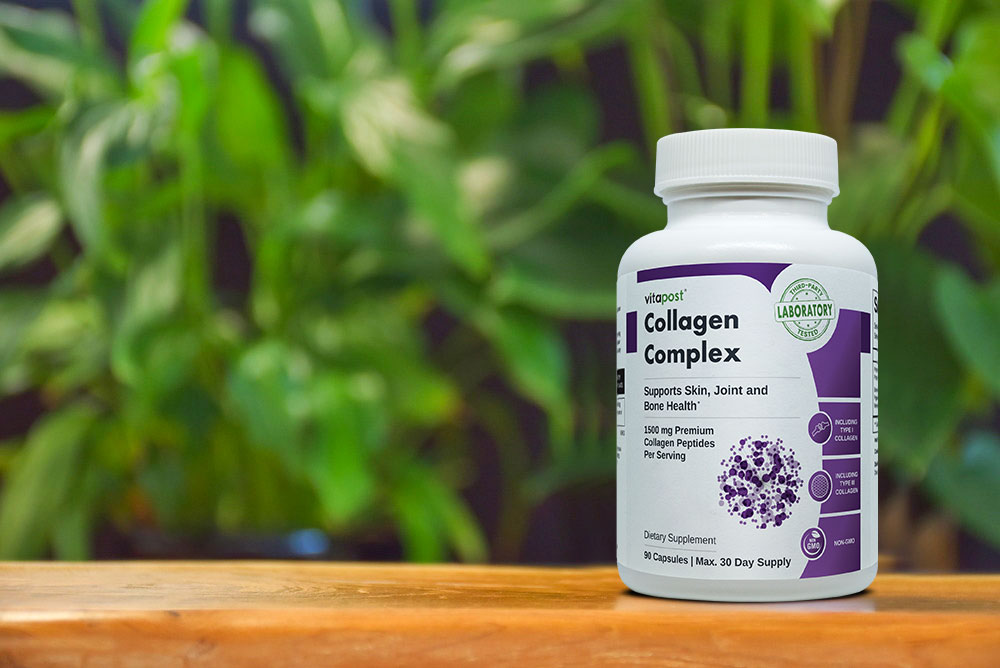Introduction
In the realm of mental health and emotional well-being, art therapy stands as a powerful and expressive tool. This article explores the myriad benefits of art therapy, delving into how the creative process can serve as a therapeutic outlet for emotional expression and contribute to the healing journey.
Understanding Art Therapy
Art therapy is a form of psychotherapy that utilizes the creative process of making art to explore emotions, resolve conflicts, and improve mental health. Unlike traditional talk therapy, art therapy provides an alternative mode of communication that taps into the visual and tactile aspects of expression.
Emotional Expression Through Art
One of the primary benefits of art therapy is its capacity to facilitate emotional expression. Many individuals find it challenging to articulate their feelings verbally. Art provides a non-verbal avenue for expressing complex emotions, allowing individuals to communicate and explore their inner worlds in a more tangible way.
Unlocking the Subconscious Mind
Art therapy has the ability to unlock the subconscious mind. Through the act of creating art, individuals may tap into thoughts and emotions that lie beneath the surface of conscious awareness. This process can bring insights, increase self-awareness, and promote a deeper understanding of one’s emotional landscape.
Catharsis and Release
Engaging in art-making can be a cathartic experience. The physical act of putting emotions onto paper or canvas provides a release for pent-up feelings. It allows individuals to externalize and distance themselves from challenging emotions, promoting a sense of relief and emotional release.
Fostering Self-Exploration and Reflection
Art therapy encourages self-exploration and reflection. The creation of art provides a tangible representation of an individual’s inner thoughts and emotions. Examining the artwork allows for a deeper understanding of personal narratives, contributing to the therapeutic process.
Empowerment Through Creativity
The act of creating art fosters a sense of empowerment. Regardless of artistic skill, the process itself is inherently empowering. It allows individuals to take control of their narratives, make choices, and express themselves in ways that may feel more authentic than verbal communication.
Promoting Mindfulness and Presence
Art therapy encourages mindfulness and being present in the moment. The focus required during the creative process can act as a form of meditation, promoting relaxation and reducing stress. This mindfulness extends beyond the art-making session, influencing overall mental well-being.
Building Coping Skills
Art therapy equips individuals with valuable coping skills. Through the creative process, individuals learn to navigate and cope with challenging emotions. These skills can extend beyond the art studio, providing practical tools for managing stress, anxiety, and other mental health challenges.
Enhancing Communication in Traditional Therapy
For individuals who may struggle with verbal communication, art therapy complements traditional talk therapy approaches. Art becomes a supplementary language through which individuals can communicate with therapists, enriching the therapeutic dialogue and deepening the therapeutic relationship.
Inclusivity and Accessibility
Art therapy is inherently inclusive and accessible. It accommodates diverse abilities and does not rely on traditional language-based communication. This makes it a valuable therapeutic option for individuals of all ages, backgrounds, and cognitive abilities.
Integration into Holistic Healing Approaches
Art therapy seamlessly integrates into holistic healing approaches. It complements other therapeutic modalities, such as talk therapy, mindfulness practices, and wellness strategies, contributing to a comprehensive and individualized approach to mental health care.
Conclusion
In conclusion, the benefits of art therapy for emotional expression and healing are profound. This form of creative expression provides a unique and powerful avenue for individuals to explore, understand, and navigate their emotions. Whether used as a standalone therapeutic approach or in conjunction with other interventions, art therapy stands as a valuable tool in the realm of mental health, promoting healing, self-discovery, and overall well-being.





